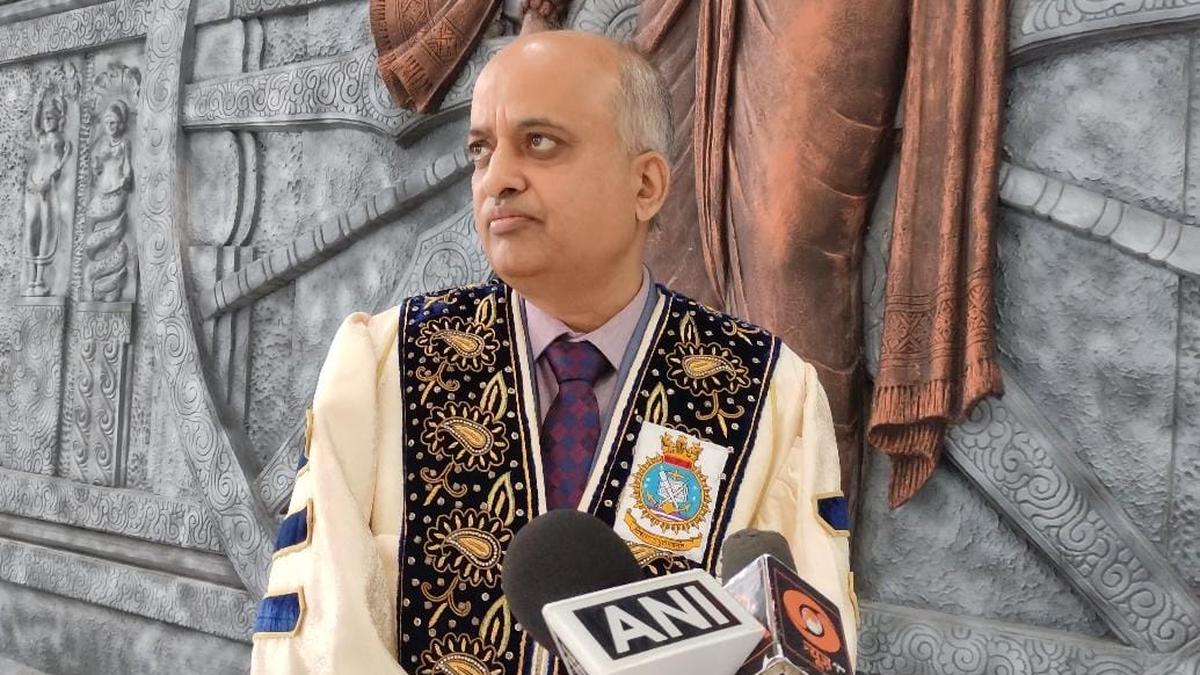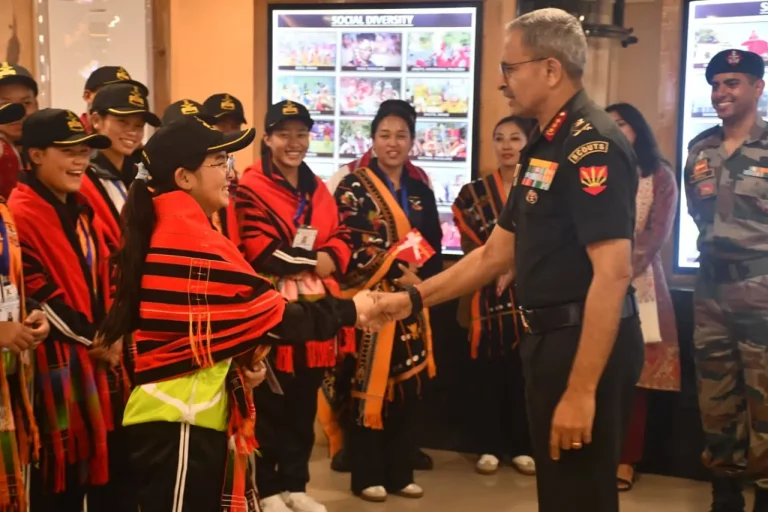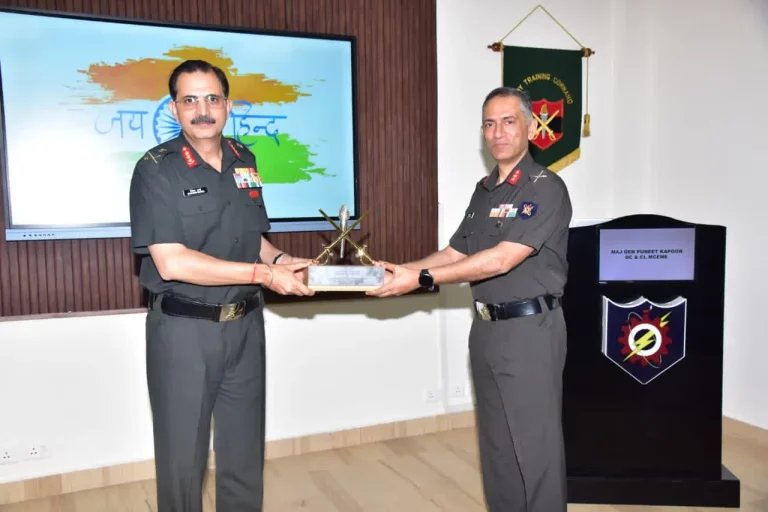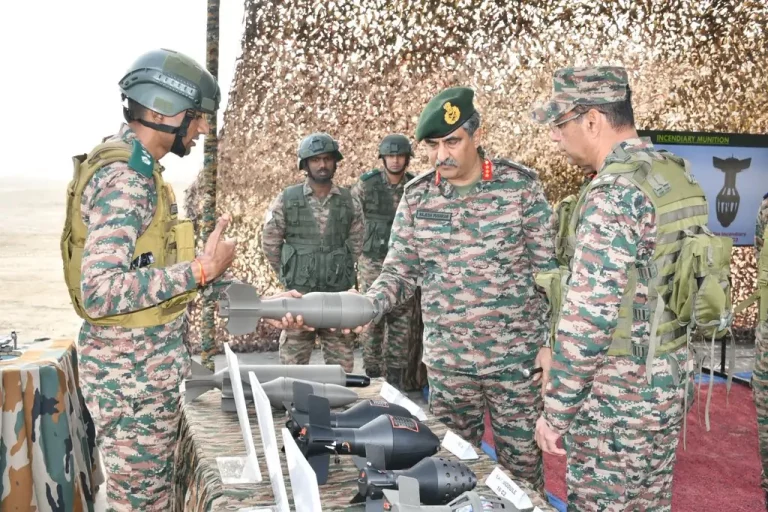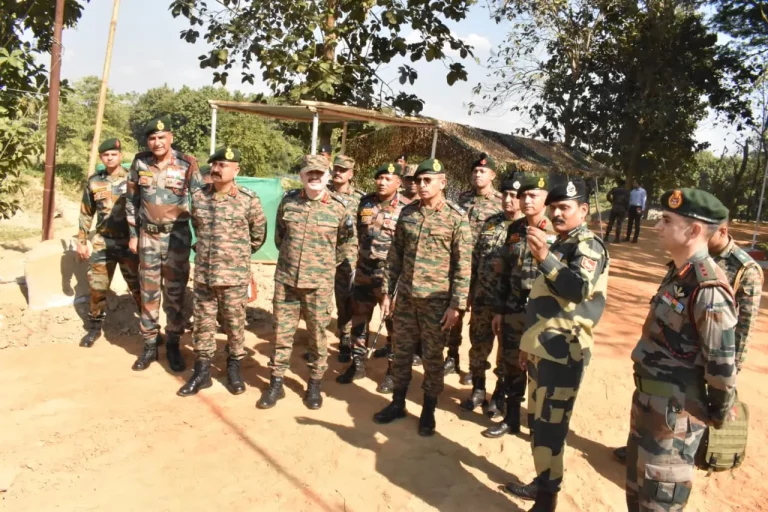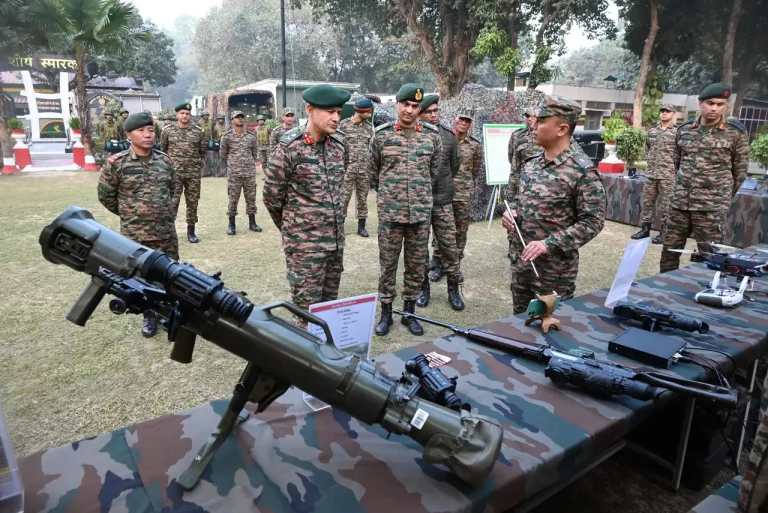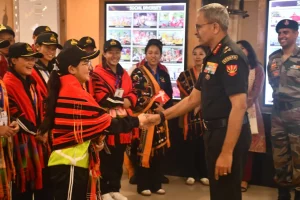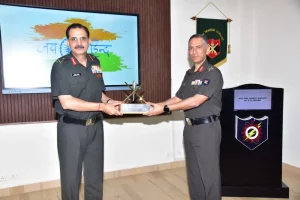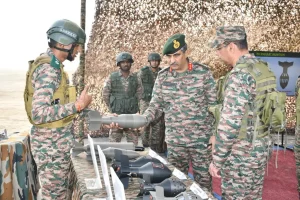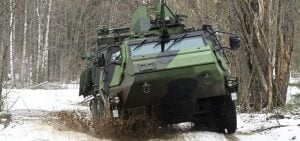The Director General of BrahMos Aerospace and the Defence Research and Development Organisation (DRDO), Dr. Jaiteerth E. Joshi, has underscored the necessity for a collaborative framework involving academia, defense research, and the industry to cultivate engineering talent tailored for the challenges of next-generation warfare. This call to action was made during the 25th Convocation Ceremony of the Indian Naval Academy (INA) in Kannur, where Dr. Joshi emphasized the importance of hands-on training and advanced education to enable naval engineers to operate effectively in high-tech combat environments.
Dr. Joshi identified the unique operational circumstances faced by the Navy, asserting that naval engineers must possess the skills to manage tasks related to rectification, testing, and maintenance independently, without the support of shore-based resources. To address this, he introduced an initiative focused on creating advanced training modules in collaboration with DRDO’s Centres of Excellence at prestigious institutions such as the Indian Institutes of Technology (IITs), National Institutes of Technology (NITs), and the Defence Institute of Armament Technology, alongside coordinated efforts from the INA.
He commended the INA’s existing academic partnership with Jawaharlal Nehru University and advocated for expanded engagement with academic organizations, including the Indian Society for Non-Destructive Testing and the Institute of Electronics. These collaborations, he noted, are vital for developing specialized internships and domain-specific training programs, positioning mechanical engineering cadets within missile and armament sectors and electronics graduates within electronic warfare units.
Describing a structured collaboration model, Dr. Joshi outlined three phases: initial research (Technology Readiness Levels 1–3) led by academia, applied research (TRL 4–6) co-developed with industry, and advanced production (TRL 7–9) executed by private manufacturers. This framework aims to facilitate accelerated innovation and preparedness for deployment.
Furthermore, Dr. Joshi highlighted the DRDO’s commitment to investing in start-ups and promoting early involvement of students in defense projects, particularly in their third or fourth year of engineering studies. Many of these students are already gaining invaluable experience at DRDO labs, working closely with defense personnel on domain-specific technologies.
Dr. Joshi also acknowledged the significant contributions of service officers who transition into DRDO roles, either post-retirement or through lateral entry. Their firsthand battlefield experience and deep understanding of frontline requirements are instrumental in refining defense systems to enhance practicality and service readiness.
Expressing hope for a reversal of India’s brain drain, Dr. Joshi attributed this potential shift to the country’s swift advancements in various sectors, including aerospace, defense, nuclear energy, and automotive industries. He noted that the confluence of global economic uncertainties and the opportunities presented by the Atmanirbhar Bharat initiative are encouraging talented individuals to remain in India.
Moreover, he remarked on the surge of start-ups and unicorns in the country, as well as India’s trajectory toward becoming the world’s third-largest economy, which signals a transformative industrial landscape.
